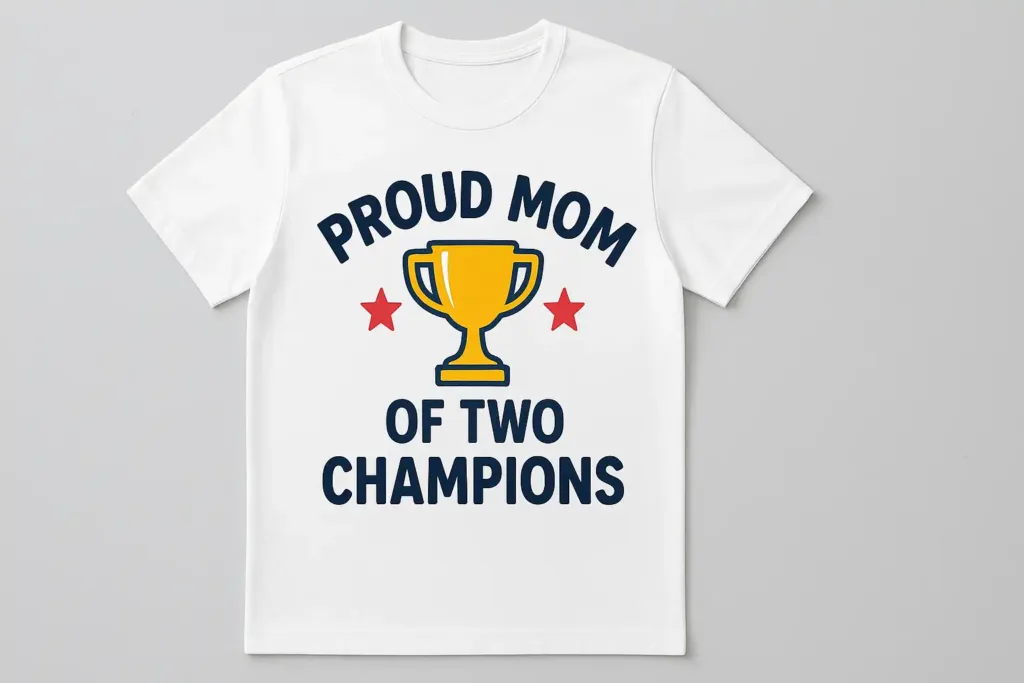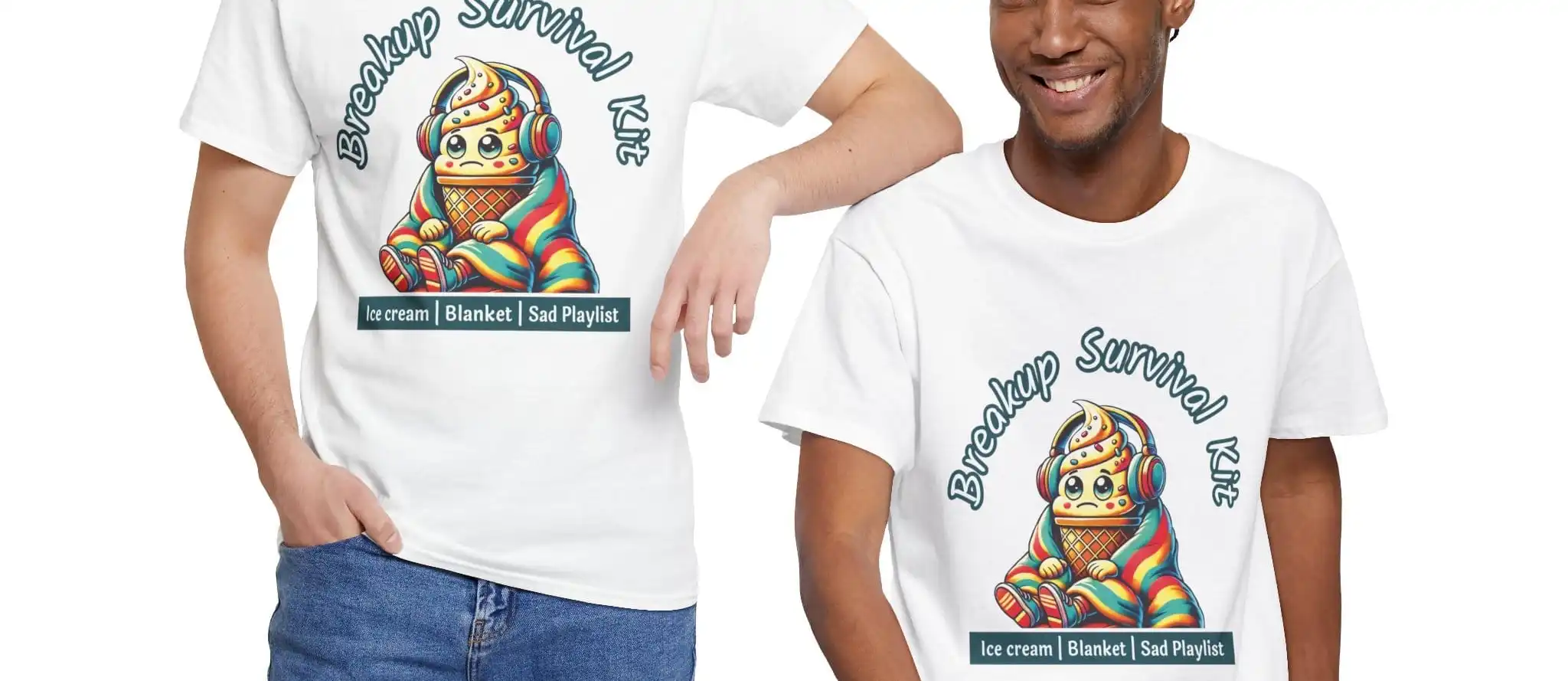Dropshipping vs Print-on-Demand: Why PoD Might Be Your Smarter Choice
Starting an online business today can feel overwhelming. With so many business models out there—dropshipping, print-on-demand (PoD), digital products, affiliate marketing—it’s normal to get confused. The common question is:
“Should I go for Dropshipping or Print-on-Demand?”
Now, there’s no universal answer. Both have their pros and cons. But if you are someone who loves creativity, enjoys experimenting with ideas, and dreams of building a brand that people remember, then Print-on-Demand (PoD) could be the game-changer for you.
Let’s break it down step by step.
What is Print-on-Demand?
Imagine a plain white T-shirt. On its own, it’s just another piece of cloth. But what if you print a quirky design, a festive theme, or a line that speaks directly to a specific group—say, “Proud Mom of Two Champions”?

That shirt is no longer plain. It becomes personal. It feels special.
That’s what PoD is all about. You create designs that carry meaning, and they only get printed once a customer places an order. After that, your supplier takes care of printing and shipping directly to your customer.
The result?
No upfront inventory.
No bulk buying.
No hassle of storing products at home.
It’s like running a creative business without the headache of logistics.
Why PoD Feels Special
Unlike dropshipping, where you sell random mass-produced items (say, a gadget, kitchen tool, or trendy phone cover), PoD thrives on uniqueness.
Every product carries your design, your idea, your touch.
Customers don’t feel like they’re buying from a generic store—they’re buying something made for them.
This emotional connection makes your products stand out in the noisy online market.
For example, a coffee mug with a funny morning quote will always feel more personal than a random imported mug.
The Profit Angle
Yes, PoD products usually cost more to produce than mass-market items. Let’s take an example:
A printed T-shirt might cost you ₹350 (including printing + shipping).
You can sell it for ₹799–₹899.
That leaves you with around 50–60% gross margin.

Not bad at all. Plus, once you grow, you can negotiate with suppliers or move to bulk arrangements for better rates.
So, while your margin per product may look similar to dropshipping, the difference is in the value perception. Customers happily pay more for something that feels unique and personal.
Customer Expectations
PoD does take a little more time in fulfilment compared to dropshipping. Since the design has to be printed first, it usually adds 1–2 extra days to delivery.
But here’s the interesting part—most customers don’t mind waiting. Why? Because they know they’re not getting an off-the-shelf product. They’re getting something made specially for them.
Think of it like ordering at a restaurant. You don’t mind waiting a bit for a freshly cooked meal compared to grabbing fast food. The experience justifies the wait.
Building Your Brand with PoD
One of the biggest strengths of PoD is branding.
In dropshipping, the customer rarely remembers the seller—they only remember the product. But with PoD, you can:
Add your logo to the sleeve of a T-shirt.
Use branded packaging or even a small thank-you card.
Create designs around a niche identity—fitness lovers, pet parents, gamers, spiritual seekers, etc.
Slowly, people don’t just buy a product. They start buying your brand.
And when customers connect emotionally with your designs, they often come back for more. That’s how loyalty builds, and loyalty is what keeps a business running in the long term.
Challenges You Should Know
Of course, PoD is not a shortcut to overnight success. A few realities:
You’ll need time to research trending ideas and niches.
You must put effort into creating or sourcing unique designs.
Some designs may flop before you find winning ones.
But think about it—this process also filters out casual sellers. The ones who stick around are the ones who build real, sustainable brands.
So yes, PoD may feel slower at the start compared to dropshipping. But it’s steadier, more brand-friendly, and much less risky in the long run.
Why PoD Wins for Creatives
If you love creativity, storytelling, and connecting with people, then PoD is your playground. You’re not just selling “things.” You’re selling:
Experiences (a birthday mug that makes someone smile).
Emotions (a motivational quote on a gym T-shirt).
Memories (a custom notebook for students).
Every sale carries meaning. And that meaning keeps customers coming back.
Final Thoughts
At the end of the day, dropshipping may work for those who just want quick transactions and short-term profits. But if your dream is to build something unique, memorable, and long-lasting, then Print-on-Demand gives you the edge.
It’s not just business—it’s brand building.
👉 In short:
PoD = Your designs + Customer’s emotions = Repeat buyers + Long-term growth.
So, if you’ve ever wondered where to begin, and if creativity excites you—start with Print-on-Demand. It might just turn your passion into a business that lasts.




Add comment